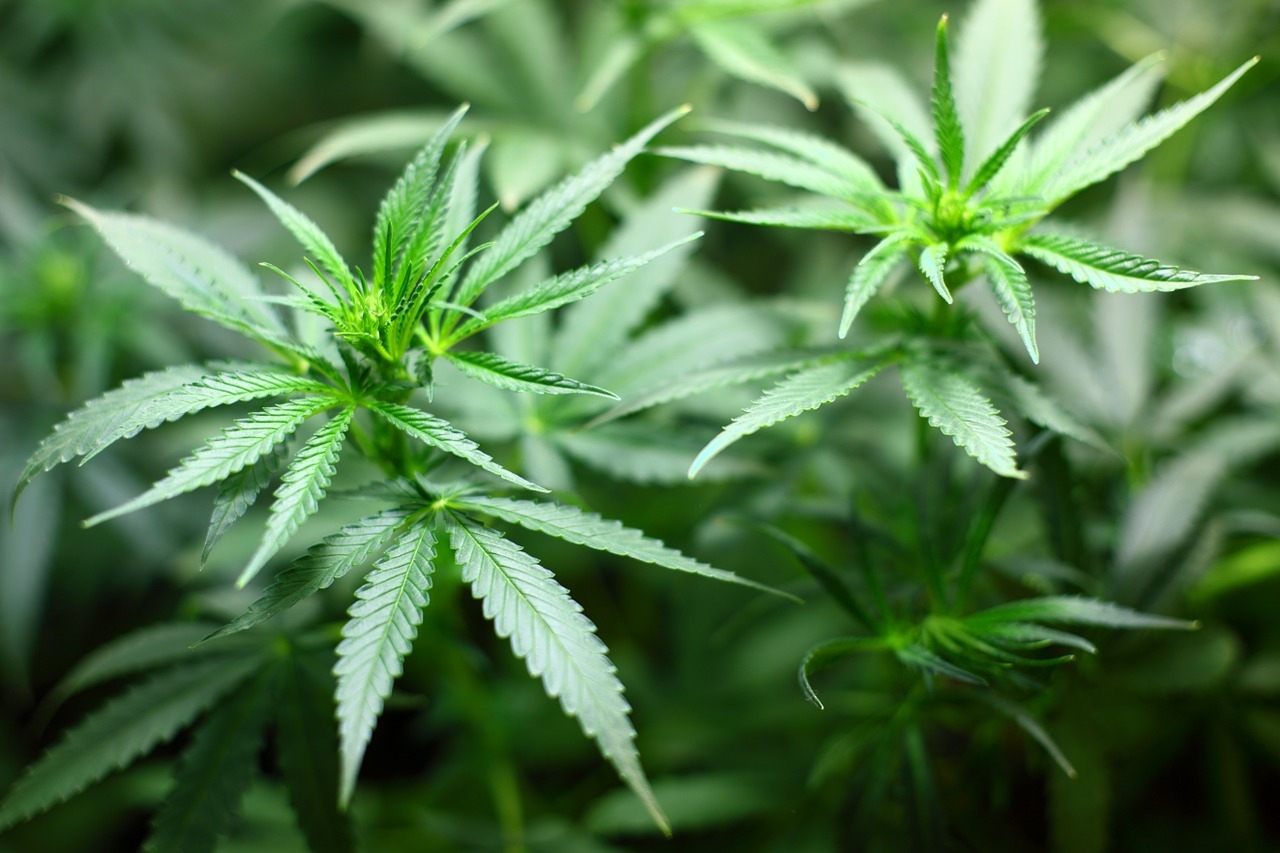
The ‘high’ road: the dangers of impaired driving
Photo credit: Erik Witsoe via Unsplash
Don’t drink and drive.
We hear this so often, and from such a young age, it’s almost like a nursery rhyme.
Don’t drive high.
Somehow though drugs of all kinds get used and abused nearly as often as alcohol, and this phrase seems less familiar.
It’s no secret here in Canada, cannabis has a certain popularity. And even though the notorious, leafy drug feels a lot different than alcohol, it still greatly impacts your ability to drive.
A recent government survey revealed that 50 per cent of cannabis users don’t think cannabis has a significant effect on their driving. More than one-third of surveyed Canadians who used cannabis in the past year said they had driven within two hours of consuming the drug.
Recreational cannabis is legal but that doesn’t mean drug-impaired driving has not been happening for years.
How does cannabis affect your ability to drive?
Among cannabis’s famous side effects – like red eyes – lurk a few other effects that severely hinder your ability to drive. THC (the psychoactive compound found in recreational cannabis, but rarely in medical cannabis) causes problems with coordination, slower reaction times, and memory loss along with the “high.”
Cannabis vs. Alcohol
Cannabis and alcohol operate quite differently from each other when they enter our bodies. While alcohol’s effects are formulaic and tend to last in our bodies until the compound eventually dissipates, traces of cannabis will remain in the body for much longer.
This presents a problem for testing: how do we determine the line between the drug’s effects and its mere presence in the body? To address the ambiguity, recent studies have shown cannabis to impair driving performance for three hours after use.
Testing… Testing…
How is Canada addressing the issue of measurement?
Since cannabis has a pesky tendency to stick around in the blood stream even after the user stops feeling its effects, law enforcement is using time-since-consumption as its scale for measuring impairment. This is where saliva comes in, since it correlates with blood concentration but only detects recent drug usage.
Roadside saliva tests require a swab taken from the inside of a driver’s mouth. The device can then detect the presence of cocaine, methamphetamine or THC (the main psychoactive component in cannabis).
Before driving, you can test yourself with a home saliva screening kit like ones reviewed in this article by MedSignals. This way, even if you feel fine subjectively, you'll know if your performance is impaired and can potentially cause legal trouble.
While breathalyzers are more familiar and therefore more trusted by our society, studies show that saliva tests are 95 per cent accurate. The test won’t show the level of THC, but instead comes up as a pass or fail.
The test will only show “fail” if your level is higher than five nanograms — the criminal level. Then, an officer can demand a blood test to determine your exact blood concentration.
Hitting the Roads
Saliva tests are not meant to replace trained experts or blood samples, but rather to provide officers with one more window into a driver’s level of impairment. Police will need reasonable suspicion to demand a saliva sample from a driver.
You could find yourself with an impaired driving charge based on a blood sample taken within two hours of driving.
A THC level between 2 and 5 nanograms constitutes a summary offence with a fine of up to $1000. That means you would not be fingerprinted, and the conviction wouldn’t show up on a passport application or employment check.
However, you’ll find yourself with a higher-level penalty if you drive with a THC level above 5 ng, or with a mixture of a THC level above 2.5 ng and a blood alcohol concentration above 50 mg per 100 ml; the penalty would mirror that of an alcohol-impaired driving conviction, and would include a $1000 fine on a first offence, 30 days imprisonment on a second offence and 120 days imprisonment on a third offence.
The decision to get behind the wheel impaired is one that can change — or end — your life, and the lives of others on the road with you. Don’t let a snap decision decide the rest of your life; driving ‘high’ is illegal for a reason.











